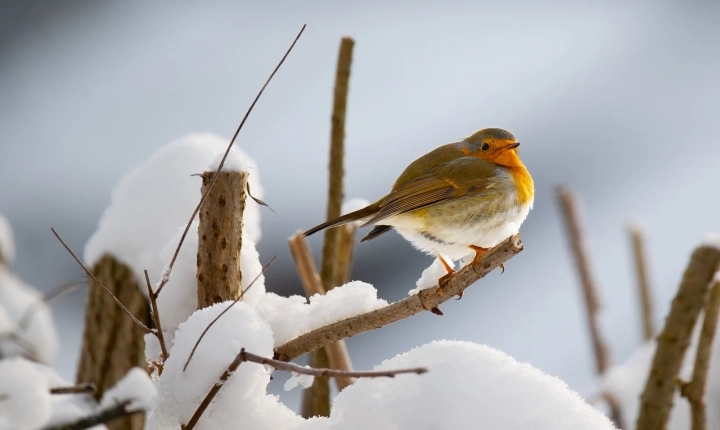Title: How to Create Images with ChatGPT: Harnessing the Power of AI for Visual Communication
In today’s digital world, visual communication plays a crucial role in conveying information, emotions, and ideas. Images have the unique ability to capture attention, evoke emotions, and enhance the communication experience. With the advancement of AI technology, it is now possible to harness the power of AI to create images through chat interfaces. One such powerful tool is ChatGPT, a language-based AI model that can generate text and now, generate images as well. In this article, we will explore the potential of using ChatGPT to create images and provide a step-by-step guide on how to do so.
Understanding ChatGPT’s Image Generation Capabilities
ChatGPT, powered by OpenAI, is a state-of-the-art language model that uses machine learning techniques to generate human-like responses to text-based prompts. Recently, OpenAI has extended the capabilities of ChatGPT to generate images from text descriptions. This means that users can now prompt ChatGPT to create realistic and detailed images based on their input descriptions.
The image generation process involves utilizing a technique called “prompt engineering,” where users provide specific and detailed prompts to guide ChatGPT in creating the desired image. By carefully crafting the input text, users can effectively communicate their vision and preferences to ChatGPT, which in turn generates an image that closely aligns with the provided description.
Step-by-Step Guide on Creating Images with ChatGPT
1. Choose a Clear and Detailed Description: Before initiating the image generation process, it is essential to formulate a clear and detailed description of the image that you want to create. The description should include specific elements, characteristics, and relevant details that will guide ChatGPT in generating the image.
2. Access a ChatGPT Interface: There are several platforms and interfaces that provide access to ChatGPT’s image generation capabilities. OpenAI’s API or other applications that incorporate ChatGPT can be utilized to input the description and initiate the image generation process.
3. Input the Description: Once you have access to a ChatGPT interface, input the carefully crafted description of the image that you want to create. Make sure to be as precise and thorough as possible in describing the visual elements, scene, and any specific details that you want to be included in the image.
4. Review and Refine: After inputting the description, ChatGPT will begin generating the image based on the provided text. Review the generated image and assess how well it aligns with your description. If needed, refine the description and iteratively prompt ChatGPT to generate the desired image.
5. Save and Utilize the Image: Once the image closely matches your description and meets your expectations, save the generated image and utilize it for your intended purpose. Whether it’s for visual communication, storytelling, or creative projects, the image created by ChatGPT can be a valuable asset.
Applications and Implications of ChatGPT’s Image Generation
The ability to create images using ChatGPT has numerous applications and implications across various domains. From content creation and storyboarding to visual design and communication, ChatGPT’s image generation capabilities open up new possibilities for leveraging AI in visual content production.
Content creators, marketers, and businesses can use ChatGPT to quickly generate concept art, visual representations of ideas, and even prototype designs. Additionally, individuals with limited design skills can benefit from ChatGPT’s image generation to bring their ideas to life visually.
Moreover, the potential of ChatGPT’s image generation extends to educational settings, where it can be utilized to create visual aids, illustrations, and resources for teaching and learning. By enabling individuals to articulate their visual concepts through text, ChatGPT provides a valuable tool for promoting visual literacy and creativity.
In conclusion, the integration of image generation capabilities within ChatGPT signifies a significant advancement in AI technology and its potential for democratizing visual content creation. By following a structured approach and leveraging the power of language-based prompts, users can effectively utilize ChatGPT to create images that convey their ideas, stories, and messages. As AI continues to evolve, the possibilities for visual communication through tools like ChatGPT will expand, opening new horizons for creative expression and collaboration.
